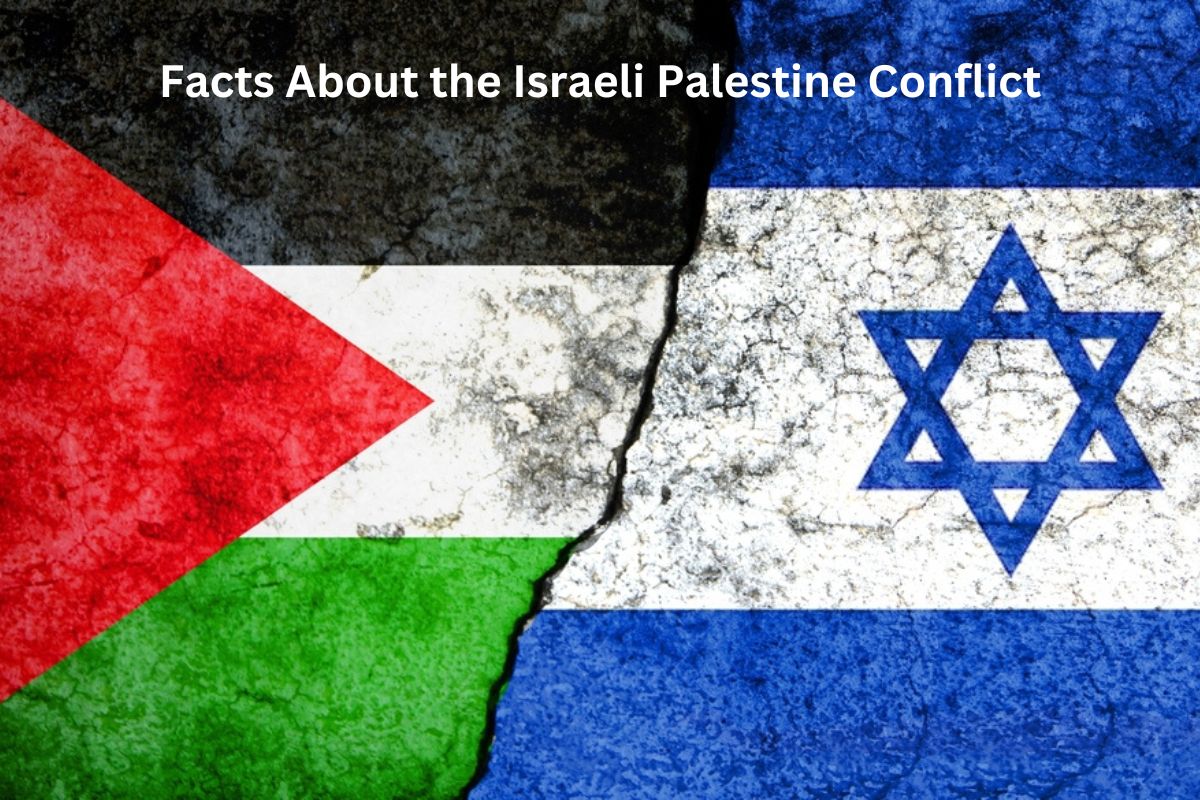The Israeli-Palestinian conflict is a long-standing political and territorial dispute between Israelis and Palestinians, centered primarily on the area known as historic Palestine, located in the Eastern Mediterranean.
The origins of the conflict can be traced back to the late 19th and early 20th centuries when two nationalist movements emerged:
- Zionism: advocating for a homeland for the Jewish people in Palestine
- Palestinian Arab Nationalism: opposing the Zionist project and aiming for an independent Arab state in Palestine.
The 20th century saw key events that intensified the conflict: the establishment of the British Mandate in Palestine after World War I, the UN partition plan of 1947, the establishment of the State of Israel in 1948, and subsequent wars and uprisings.
Central issues include mutual recognition, borders, security, water rights, control of Jerusalem, Israeli settlements, Palestinian freedom of movement, and Palestinian right of return. Numerous peace initiatives have been pursued over the years, but a final resolution remains elusive.
Israeli Palestine Conflict Facts
1. Origins: Began with competing nationalist movements in the late 19th and early 20th centuries
The Israeli-Palestinian conflict can be traced back to the late 19th and early 20th centuries when two nationalist movements emerged:
- Zionism: This movement aimed to establish a homeland for Jews in response to anti-Semitism and the desire for Jewish self-determination. Theodor Herzl, considered the founder of modern political Zionism, envisioned a Jewish state in Palestine, an area that had a significant historical and religious connection for Jews.
- Arab Nationalism: Around the same period, there was a rise in Arab nationalism across the Middle East, where Arabs sought independence from Ottoman and later Western colonial rule. Within Palestine, there was resistance to the idea of a Jewish state, as Arab Palestinians viewed the land as rightfully theirs.
Both movements grew concurrently, leading to competing claims and aspirations for the same territory, setting the stage for future conflicts.
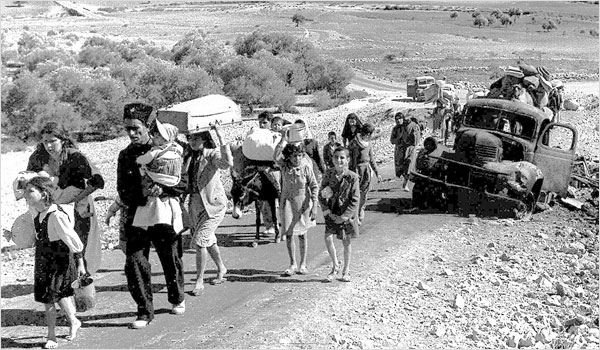
2. British Mandate: Britain governed Palestine after World War I
After the defeat of the Ottoman Empire in World War I, the League of Nations awarded Britain the mandate to govern Palestine in 1920.
The Balfour Declaration of 1917 had already signaled British support for “the establishment in Palestine of a national home for the Jewish people,” though it also stated that “nothing shall be done which may prejudice the civil and religious rights of existing non-Jewish communities in Palestine.”
Also Read: Timeline of Israel Palestine Conflict
During the mandate period, Jewish immigration to Palestine increased, spurred by events such as the rise of Nazism in Europe. The increased immigration and land purchases led to tensions and occasional violence between Jewish settlers and the Arab population.
The British struggled to manage these tensions and made various conflicting promises to both Jews and Arabs over the years.
3. UN Partition Plan: A 1947 proposal for Jewish and Arab states
By the end of World War II, the tensions in Palestine had intensified. The horrors of the Holocaust increased global sympathy for Jewish refugees and their quest for a homeland.
Unable to find a solution to the ongoing Jewish-Arab tensions, Britain referred the matter to the United Nations in 1947.
The UN proposed a partition plan, which divided Palestine into separate Jewish and Arab states, with an international administration for the city of Jerusalem. This plan was meant to address the national aspirations of both Jews and Arabs.
Also Read: Timeline of the History of Israel
The Jewish leadership, represented by the Jewish Agency, accepted the UN proposal, seeing it as a pragmatic step toward realizing the dream of a Jewish state.
However, the Arab leadership and surrounding Arab states rejected the plan, opposing the establishment of a Jewish state on what they saw as Arab land.
The rejection of the partition plan by the Arab leadership and the subsequent declaration of the State of Israel in 1948 led to the first Arab-Israeli war.
4. 1948 Arab-Israeli War: Five Arab nations invaded Israel after its declaration of independence
Following the United Nations’ partition plan and the subsequent declaration of the State of Israel on May 14, 1948, neighboring Arab countries, including Egypt, Jordan, Syria, Iraq, and Lebanon, launched a military intervention.
The stated aim of this intervention was to prevent the establishment of the State of Israel and support the Palestinian Arab population.
Key battles took place across the region, from Jerusalem to the Negev desert.
The war ended in 1949 with armistice agreements signed separately between Israel and each of the Arab states involved. The borders established by these agreements (known as the Green Line) left Israel in control of territory beyond the areas designated for the Jewish state by the UN partition plan.
During and after the war, a significant number of Palestinians left or were displaced from their homes, leading to a major refugee crisis.
5. Refugees: 1948 war displaced hundreds of thousands of Palestinians and Jews
The 1948 war resulted in the displacement of approximately 700,000 Palestinian Arabs. The reasons for this displacement are contentious and debated among historians, with factors including fear of the ongoing war, expectations of returning after an Arab victory, and actions or expulsions by Israeli forces.
Many of these refugees ended up in camps in neighboring Arab countries like Jordan, Lebanon, and Syria, as well as in the Gaza Strip and West Bank. The plight of these refugees and their descendants, many of whom still live in refugee camps today, is a core issue in the conflict.
During the same period, Jewish communities in Arab countries faced increasing hostility, leading to the migration or expulsion of around 800,000 Jews, the majority of whom resettled in Israel. This is another side of the refugee narrative which is often highlighted in discussions about the aftermath of the 1948 war.
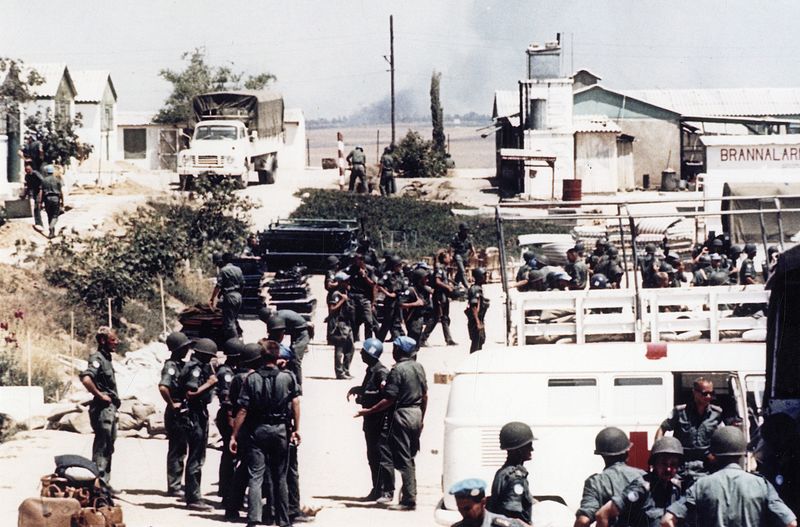
6. Six-Day War: In 1967, Israel captured the West Bank, Gaza, East Jerusalem, Sinai, and the Golan Heights
By 1967, tensions between Israel and its Arab neighbors had again reached a breaking point, exacerbated by territorial disputes, refugee issues, and political animosities.
In June 1967, fearing an imminent attack by Arab countries, Israel launched a preemptive strike against Egypt, beginning what would be known as the Six-Day War.
In a swift campaign, Israel defeated the Egyptian, Jordanian, and Syrian armies, capturing significant territories:
- Gaza Strip and Sinai Peninsula from Egypt
- West Bank and East Jerusalem from Jordan
- Golan Heights from Syria
The war significantly altered the geography of the conflict. Israel’s control over the West Bank and Gaza Strip, in particular, brought a large Palestinian population under Israeli military occupation, setting the stage for future conflicts and peace negotiations.
7. Oslo Accords: 1990s agreements between Israel and the PLO
Initiated in the early 1990s, the Oslo Accords marked a significant step toward resolving the Israeli-Palestinian conflict through a series of secret negotiations.
Facilitated by Norway, the talks led to the signing of the Oslo I Accord in 1993 and the Oslo II Accord in 1995.
Key outcomes of these accords included mutual recognition between Israel and the Palestine Liberation Organization (PLO) and the establishment of the Palestinian Authority (PA) to administer areas of the West Bank and Gaza Strip.
The accords envisioned a five-year interim period to negotiate a permanent settlement. However, the process was fraught with challenges, including disputes over settlements, violence, and political disagreements on both sides.
Despite initial optimism, the Oslo process did not lead to a final peace agreement.
8. Second Intifada: A violent uprising that began in 2000
After the failure of the Camp David Summit in 2000, tensions escalated, culminating in the outbreak of the Second Intifada, a Palestinian uprising against Israeli rule.
This Intifada was marked by a series of violent confrontations, suicide bombings targeting Israeli civilians, and military operations by the Israel Defense Forces (IDF).
The violence, which lasted until around 2005, resulted in significant casualties on both sides and further eroded trust between Israelis and Palestinians.
The Second Intifada had considerable political and social repercussions and led to a shift in attitudes regarding the peace process among both populations.
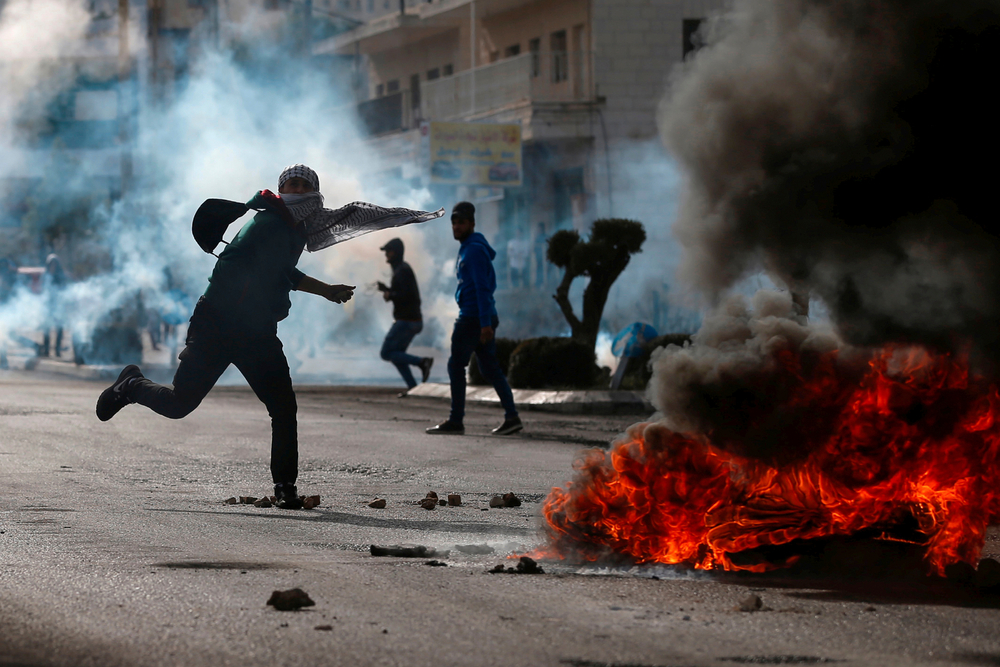
9. Hamas: An Islamist group that gained power in Gaza
Founded in 1987 during the First Intifada, Hamas is an Islamist Palestinian organization with both political and militant wings. It has its roots in the Muslim Brotherhood and opposes the existence of Israel.
Hamas’s rise to prominence came in 2006 when it won a majority in the Palestinian legislative elections.
This electoral victory led to tensions with Fatah, the more secular and nationalist Palestinian faction. In 2007, after a series of violent clashes, Hamas took full control of the Gaza Strip, effectively splitting the Palestinian territories into two entities: Hamas-controlled Gaza and Fatah-led West Bank.
Since then, Israel and Hamas have had several major conflicts, primarily centered in and around the Gaza Strip.
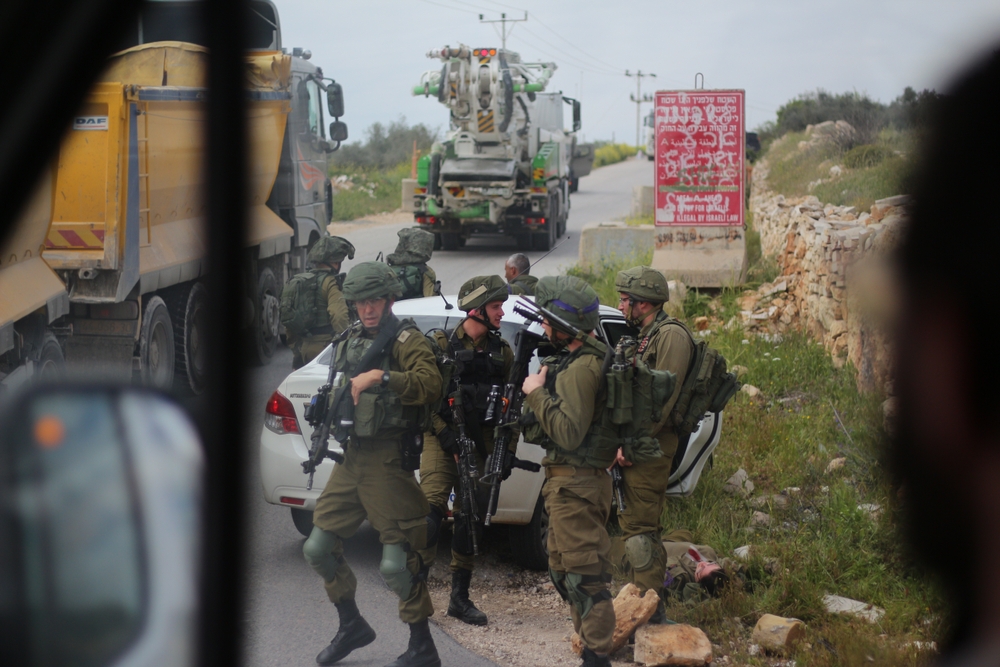
10. Settlements: Jewish communities in the West Bank, considered contentious
Jewish settlements in the West Bank (and previously in the Gaza Strip) have been one of the most contentious issues in the conflict. These are communities of Jewish Israelis living on land captured by Israel in the Six-Day War of 1967.
The international community, primarily through UN resolutions, largely views these settlements as illegal under international law, citing the Fourth Geneva Convention which prohibits an occupying power from transferring its own civilian population into the territory it occupies.
Israel disputes this characterization, arguing historical, religious, and strategic reasons for the settlements. Additionally, some in Israel distinguish between settlements they consider part of a broader national consensus and outposts they deem illegal even by Israeli standards.
Settlements have been a significant obstacle in peace negotiations, as their expansion is seen by Palestinians as reducing the viability of a future Palestinian state.
11. Status of Jerusalem: Claimed as a capital by both sides
Historical and Religious Significance: Jerusalem holds immense historical and religious importance for Jews, Christians, and Muslims. For Jews, it’s the site of the ancient temples and the eternal capital. For Christians, it’s where Jesus was crucified and resurrected. For Muslims, it’s the location of the Al-Aqsa Mosque and the place where Prophet Muhammad is believed to have ascended to heaven.
Political Importance: After the 1948 Arab-Israeli War, the city was divided, with Jordan controlling East Jerusalem (including the Old City) and Israel controlling West Jerusalem. However, during the Six-Day War in 1967, Israel captured East Jerusalem and later annexed it, a move not recognized by most of the international community.
Contemporary Issues: Israel considers the entire city as its undivided capital, while Palestinians view East Jerusalem as the capital of a future Palestinian state. This disagreement over the status of Jerusalem has been a significant stumbling block in peace negotiations.
12. Barriers: Israel built barriers in the West Bank for security
Purpose and Construction: In the early 2000s, in response to the Second Intifada and a wave of suicide bombings, Israel began constructing a series of barriers—comprising fences, ditches, and concrete walls—around and within the West Bank.
Security vs. Land: Israel argues that the primary purpose of these barriers is security—to prevent terrorists from entering Israel. Since their construction, there has been a notable reduction in the number of attacks originating from the West Bank. However, Palestinians contend that the route of the barriers, which often deviates from the Green Line (the armistice line from 1949), is an attempt to annex land and protect Israeli settlements.
Impact on Palestinians: The barriers have also had a significant impact on the daily lives of many Palestinians, restricting their movement, affecting agriculture, and dividing communities.
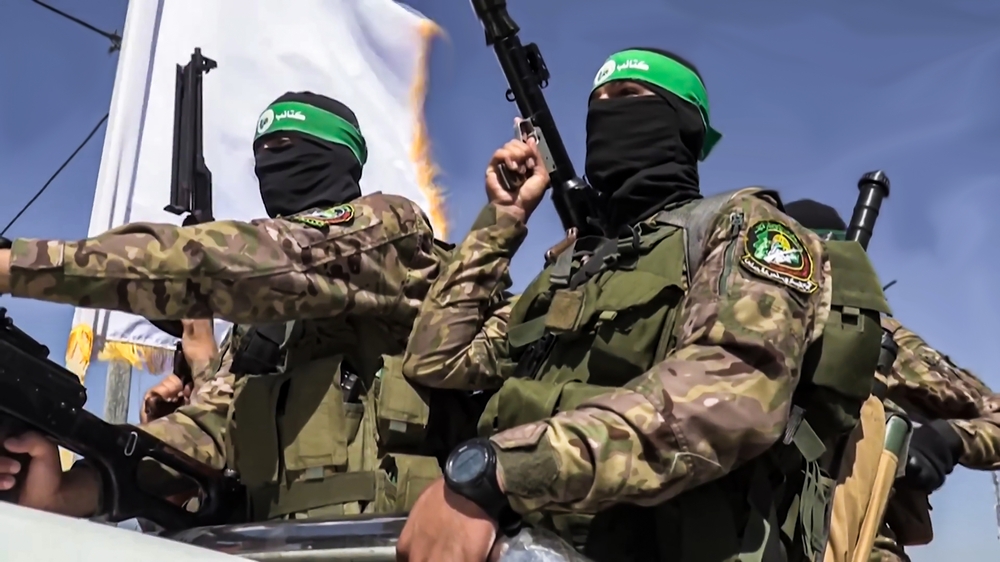
13. Hamas – Israel War October 2023
The armed battle between Palestinian militant groups led by Hamas and Israel began on October 7, 2023, with a coordinated surprise onslaught against Israel. The attack began in the morning with a barrage of at least 5,000 rockets thrown into Israel from the Hamas-controlled Gaza Strip.
Approximately 2,500 Palestinian terrorists broke through the Gaza-Israel border and assaulted civilian areas as well as IDF military sites in the Gaza Strip. during least 1,400 Israelis were killed, the majority of them were civilians, including 260 during a music festival in Re’im.
Hundreds of civilian captives were kidnapped and taken to Gaza, including women, children, and the elderly. Israel began retaliation strikes the next day before formally declaring war on Hamas. Hamas launched its strikes at the end of the Jewish festival of Sukkot, exactly 50 years after the start of the Yom Kippur War in 1973.
